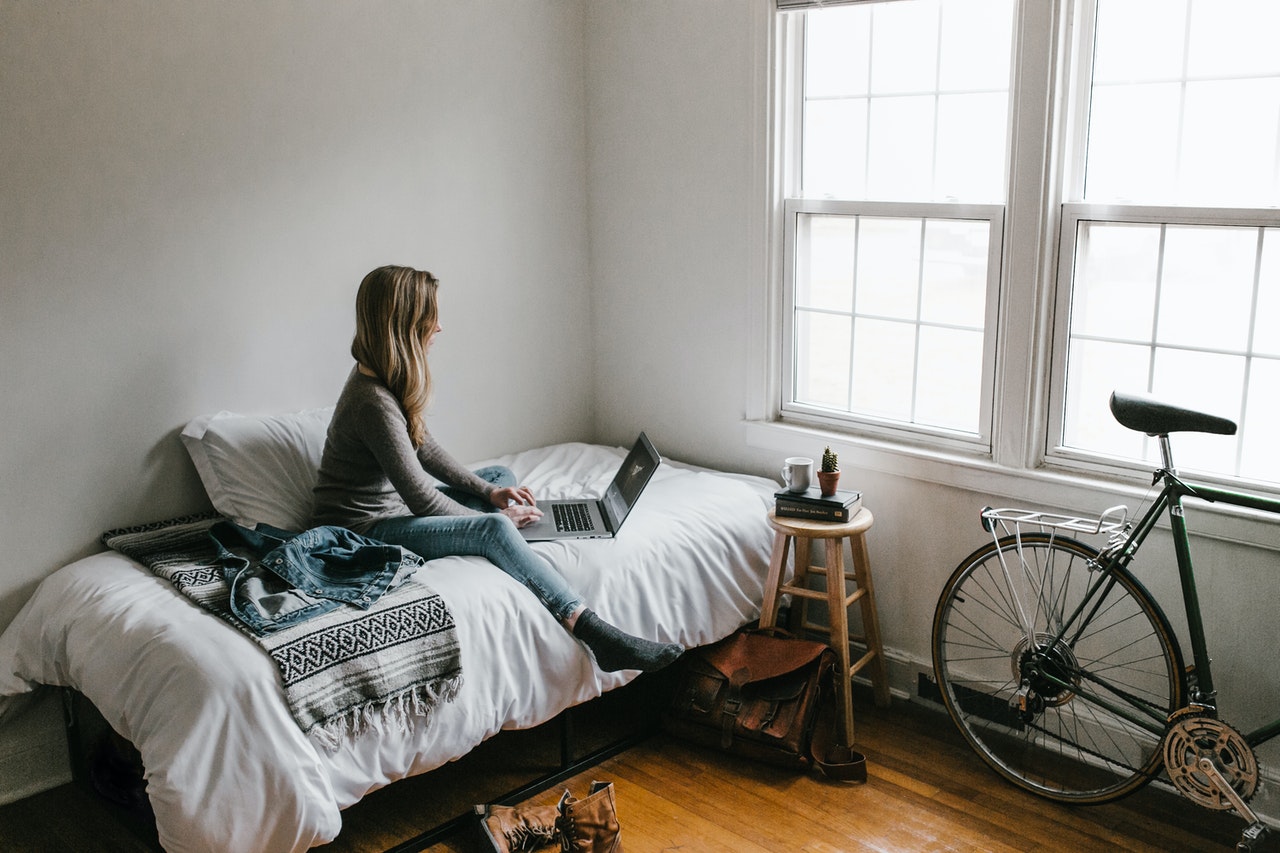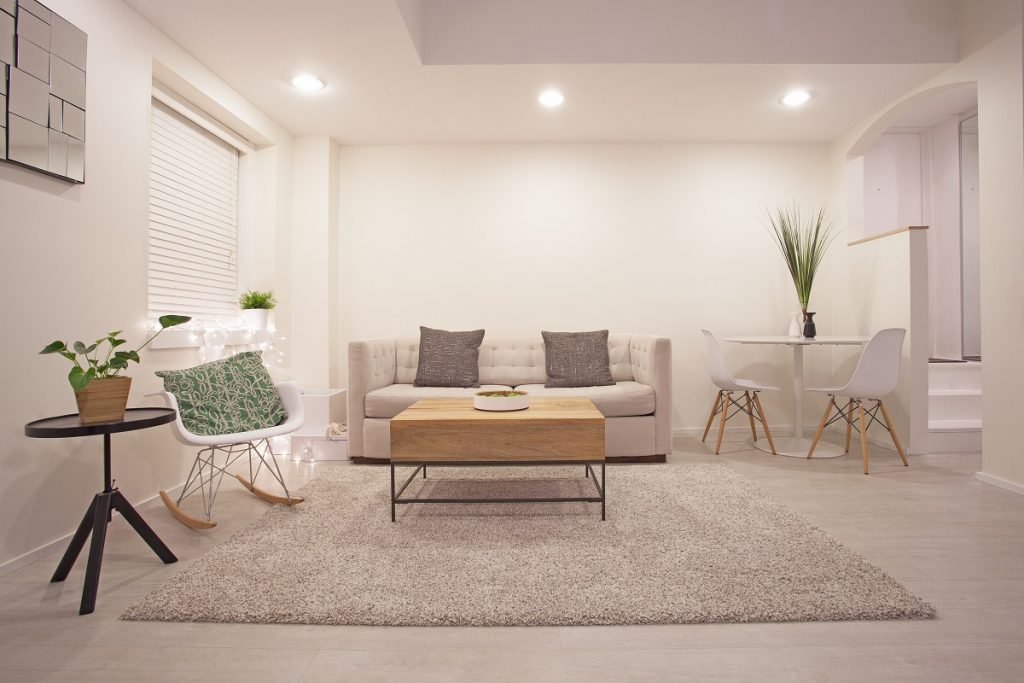If you’re always an anxious person, you may be tired of feeling intense nausea, the fear of making a connection, or having a hard tired focusing on getting things done. What sucks is, most people suffering from constant anxiety don’t even have an idea about what triggers it. The good news is, there are actually tons of healthy habits out there that could help you reduce your anxiety.
From practicing self-care, engaging in fun and creative activities, to making time for social connections, all these can help quiet down your anxiety. But did you know that our home environment plays a major role in overcoming this health issue? You need a calm, relaxing, and happy living space, helping you take control of the situation. Curious how you can have an anxiety-free home? Here’s how!
-
Declutter your space
This shouldn’t come as a surprise, but let’s be honest, most of us are usually too lazy to declutter our homes. Have you’ve been sleeping in your bed with a huge pile of dirty clothes? Or, trying to relax in a messy living room? According to psychology, a cluttered environment can lead to a cluttered mind. Filling your home with things you don’t necessarily need can increase your anxiety levels. If you already have an anxious mind, create a peaceful space that won’t exacerbate it but instead calm it down.
-
Improve your indoor air quality
The quality of the air inside your home plays a major role in your health and wellness. Poor air quality can lead to various health issues such as digestive problems, sleepiness and fatigue, and even asthma flare-ups. Aside from regular cleaning and vacuuming, be sure to change your heating system’s filters regularly.
Furthermore, if you’re using an old air conditioning system, getting a new one is a smart idea. Installing a new AC system won’t just help reduce your energy bills but also ensure that better air circulation and quality. You can also invest in a quality air purifier to capture irritants and reduce allergens indoors.

-
Make practical additions
In terms of redesigning your living space, try to keep in at a minimum and focus on small changes that can improve functionality and ambiance. Big, costly changes are typically bad for your bank account and mental health. Therapists recommend sticking to sensory and simple addition that can still hugely impact your space’s mood and atmosphere.
You can add texture into your home using fluffy rugs, throw pillows, cushions, blankets. Cozy textures are not just perfect for improving your house’s visual appeal but your mood as well. You can also spruce up your home with potted plants or fresh foliage, creating a nature sanctuary indoors. Bonus tip: Fresh-cut flowers are perfect for improving mood.
-
Carve out mindful zones
There are tons of dedicated zones you can carve out in that one living space. You can allot one room as your work or creative space, have a reading nook, or just a comfy couch for your quiet mornings. But one of the most suggested wellness zones you can create is a meditation space.
Daily meditation is beneficial for quieting our anxious minds and helping us stay accountable. The good thing is, a meditation space doesn’t require an entire room. All you need is a peaceful corner to place your yoga mat and meditation pillows. Or you can create a general relaxation space where you can sit down on a comfy tub chair and take a breather.
-
Max out on lighting
Studies reveal that individuals who are less exposed to vitamin D or light, especially during fall and winter, are more likely to feel anxious and depressed. Experts recommend light therapy to benefit your circadian rhythm. This internal process regulates your hormone production, brain activity, and biological clock, which also influences our natural waking and sleeping cycles. Want to shine a light on your anxious mind? Get some bright light in your space.
You can paint your interior walls and ceilings with brighter and lighter colors, make use of highly reflective or glass tiles, replace exterior walls with glass blocks, or install skylights in your ceiling. A home filled with natural light can increase those feel-good serotonin levels and keeps you in a happier mood.
There you have it — simple changes that could help you cope with anxiety. Living in a calm and healthy space will instantly give you an escape from the stresses outside. Just don’t forget to practice good wellness habits to keep your body and mind healthy. Explore more ways to stave off symptoms of anxiety.

